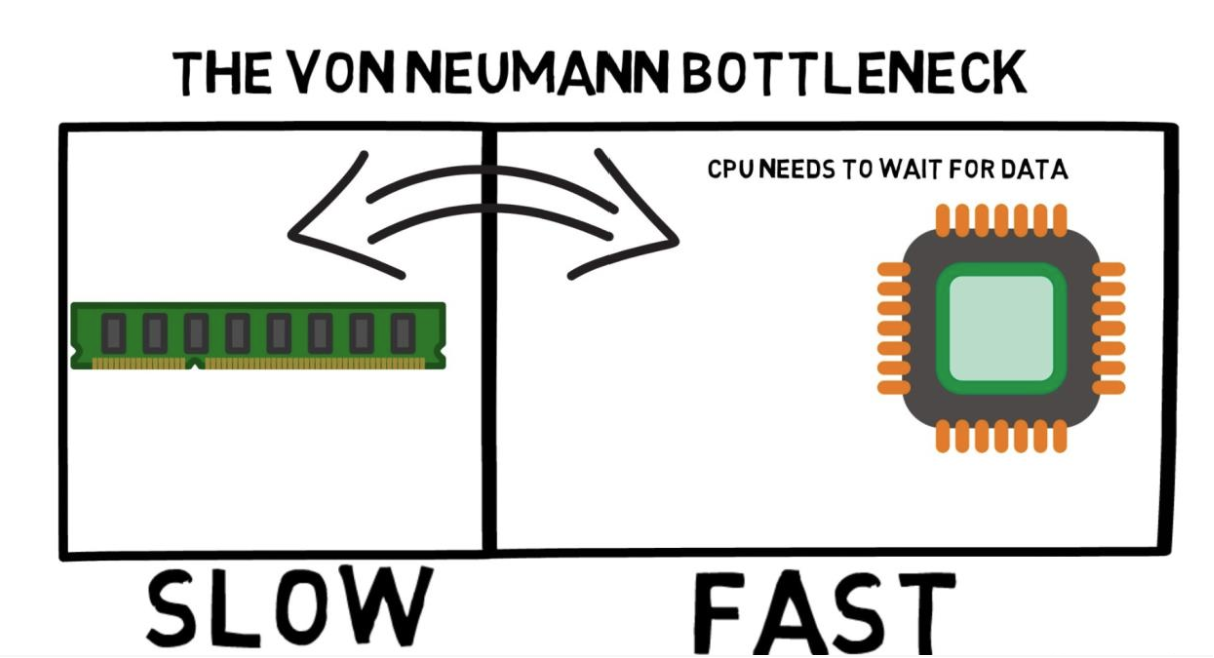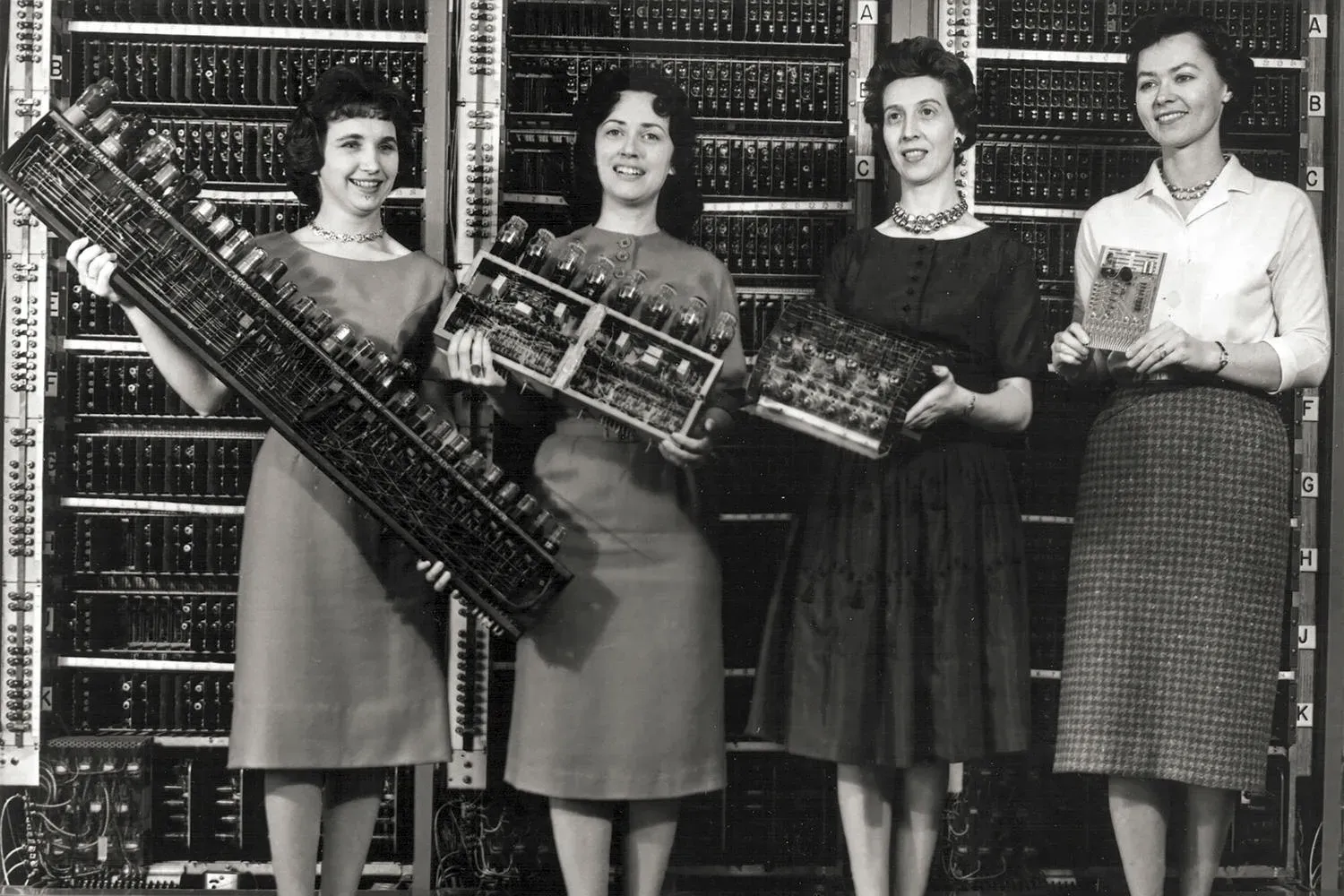Whenever I get invited to talk to students at universities, my favorite concepts to talk about are always the simple but brilliant ideas that shifted the trajectory of modern computing as we know it today. One such concept is the stored program model.
The Fixed Program Era: ENIAC and others
Back in the early days of computing, one reality was so prevalent: computation machines & devices used to be purposely built. A machine was hardwired to do one and only one thing.
Programs and instructions used to be built directly inside the machine, thus called "fixed program" machines. To make the machine execute another task, it had to be completely rewired; the process itself would take days and sometimes weeks.
The most famous example of such a machine is the ENIAC (Electronic Numerical Integrator and Computer), completed in 1945, right around the time von Neumann was developing his architectural ideas around the stored program

The early fixed program computers like ENIAC had some serious limitations, that prompted the search for a better architectural ideas. Among those limitations, the most obvious ones were:
- Time-Consuming and Error-Prone:Reprogramming was a lengthy and error-prone process, requiring significant time and effort from skilled engineers.
- Inflexibility:Fixed program computers were hardwired to execute a single, predetermined set of instructions. Changing the program meant physically altering the machine's circuitry. (As you can see in the above picture)
- Manual Reprogramming:Even when reprogramming was possible, it was a laborious process involving rewiring, restructuring, or redesigning the machine.
- Lack of Adaptability:These computers were not suitable for situations where the task requirements changed frequently, as they were not designed to handle dynamic programming.
- Limited Applications:Fixed program computers were typically used for specialized tasks, such as calculators or dedicated control systems, and could not handle more complex or general-purpose computing.
The Von Newman Model : The stored program architecture

Given all the limitations of the fixed program architecture, top researchers of that era such Von Newmann were already busy working on a much better architecture model for computing. Thus the idea of stored program architecture.
The stored program concept introduced by Von Neumann, it allowed a computer to execute different programs simply by loading them into memory.
Thus making it a general-purpose machine capable of performing various tasks without hardware modification like rewiring or moving switches.
Key aspects of the Von Neumann architecture:
- Stored-Program Concept: Both instructions and data are stored in the same memory, allowing for flexible and reprogrammable computers. No more needs to rewire lenghty cables and playing with switches.
- Central Processing Unit (CPU): The CPU, containing the ALU and Control Unit, fetches, decodes, and executes instructions sequentially.
- Memory: The main memory stores both instructions and data, accessible by the CPU.
- Input/Output (I/O): Mechanisms for data to enter and exit the system.
The only major limitation to this model is the famous Von Neumann bottleneck, which refers to the performance limitation in traditional computer architectures where the CPU and memory operate at different speeds, causing the CPU to wait for data to be transferred from memory.

This bottleneck arises because the CPU and memory are physically separated and connected by a single data bus, which can only handle one data transfer at a time.
Impact and Legacy:
The Von Neumann architecture rapidly became the dominant design for electronic digital computers and remains the foundation for almost all modern computers, from smartphones to supercomputers. While it has limitations (most notably the "Von Neumann bottleneck," where the shared bus for data and instructions can limit performance), its simplicity, flexibility, and cost-effectiveness have ensured its enduring influence.
It truly revolutionized computing by enabling the development of programmable, general-purpose machines that could adapt to an incredibly wide range of tasks through software.

